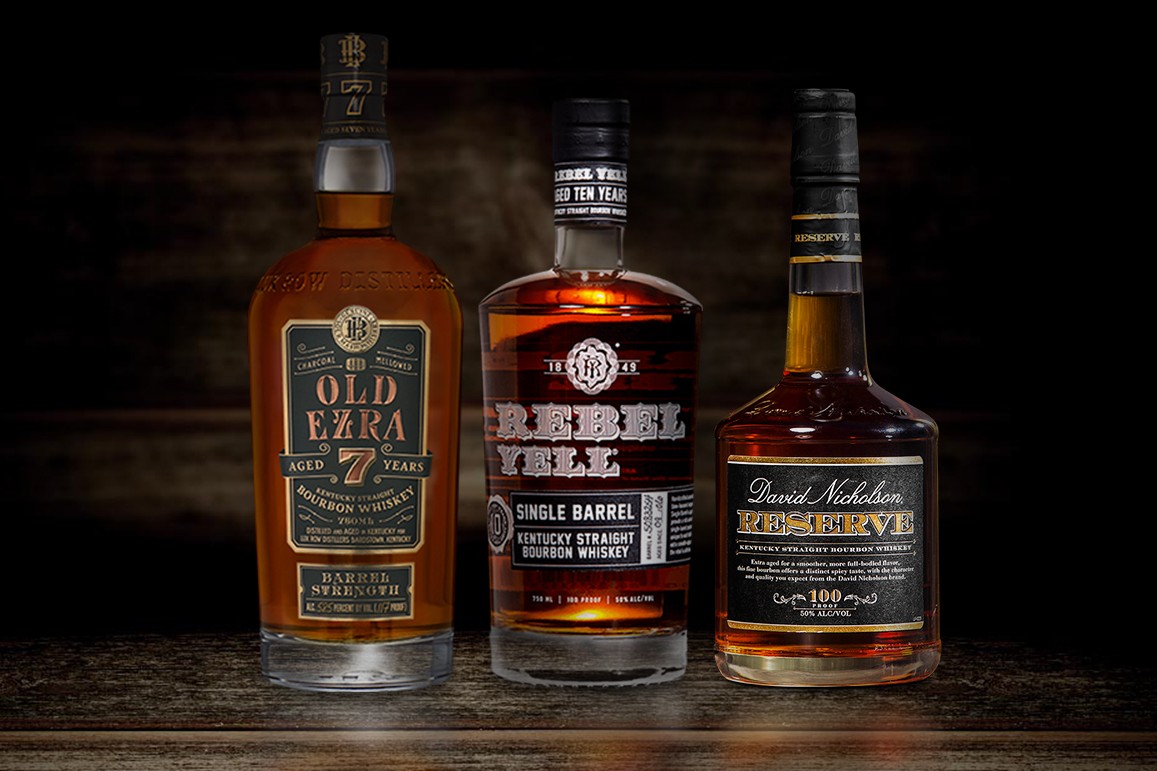Everything You Need to Know About Bourbon + Proof

5 Melt-in-Your-Mouth Bourbon and Ice Cream Pairings
May 20, 2020
The Lux Row Lowdown on Whiskey Barrel Storage
July 28, 2020Everything You Need to Know About Bourbon + Proof

If you’re a bourbon drinker, and of course you are, then you know about “proof.” It’s one of those liquor words.
Proof tells how strong a spirit is, and for plenty of people, that’s all they need to know. But boning up on the finer details can add to your appreciation of your bourbon — and that is always a good thing.
Who has proof
The word “proof” is used only in the U.S., and only for stronger spirits with 40 percent alcohol and above, like whiskey, bourbon, vodka, gin, and rum.
Drinks with less alcohol, such as beer and wine, go by percentage or “ABV” — alcohol by volume. And it’s the same story for the rest of the world — everyone outside of the U.S. uses ABV for all alcoholic beverages, no matter how much alcohol the spirit contains.
Do the math
To understand proof, you need to do math, specifically division. Ready?
Proof is twice the percent by volume of alcohol in your spirit. Whatever proof is on the bottle, divide that by two to find out how much alcohol by volume that spirit contains.
For example, if your bourbon label says 100 proof, your spirit contains 50 percent alcohol by volume. If the label says 80 proof, it’s 40 percent alcohol by volume.
Highs and lows of proof
The most notoriously strong spirit is Everclear: It’s 190 proof, meaning it has 95 percent alcohol by volume. (It’s basically impossible to hit 100 percent alcohol, so don’t even go there.)
Bourbon usually falls between 80 and 100 proof. Consider Ezra Brooks Kentucky Straight at 90 proof, or the trio of luscious Daviess County bourbons, all bottled at 96 proof, or 48 percent alcohol. They’ve got a good bite, but you can still discern all their fabulously nuanced flavors.
Special variants, such as Rebel Yell’s 10-Year Single Barrel or David Nicholson Reserve, are bottled at 100 proof. Many aficionados consider 100 proof to be the traditional benchmark of a spirit that meets certain high standards of authenticity.
Flavored whiskeys are lower proof. Rebel Yell Ginger Whiskey and Rebel Yell Root Beer are 70 proof with 35 percent alcohol. The lower alcohol content makes for a more congenial sip and lets you better appreciate the flavor.
Barrel proof
When bourbon is placed into the barrel to age, there’s no set rule about how high the proof should be, other than it cannot exceed 125 proof.
As the bourbon ages, the proof levels can change, depending on where the barrel is placed in the rickhouse. Generally, barrels placed on lower floors will lose proof, while barrels placed higher will gain proof.
With regular bourbon releases, once they’re ready to be bottled, distillers add water, not only to moderate the proof, but also to fine-tune the taste.
But some bourbon fans love the idea of getting it straight from the barrel, at a proof closer to what it was originally barreled at. For those drinkers, distillers such as Lux Row now sell “barrel-proof” or “cask-strength” products with a higher percentage of alcohol.
Ezra Brooks’ Old Ezra Barrel Strength is one such example. It’s a Kentucky straight bourbon, aged for seven years and bottled at a hefty 117 proof.

